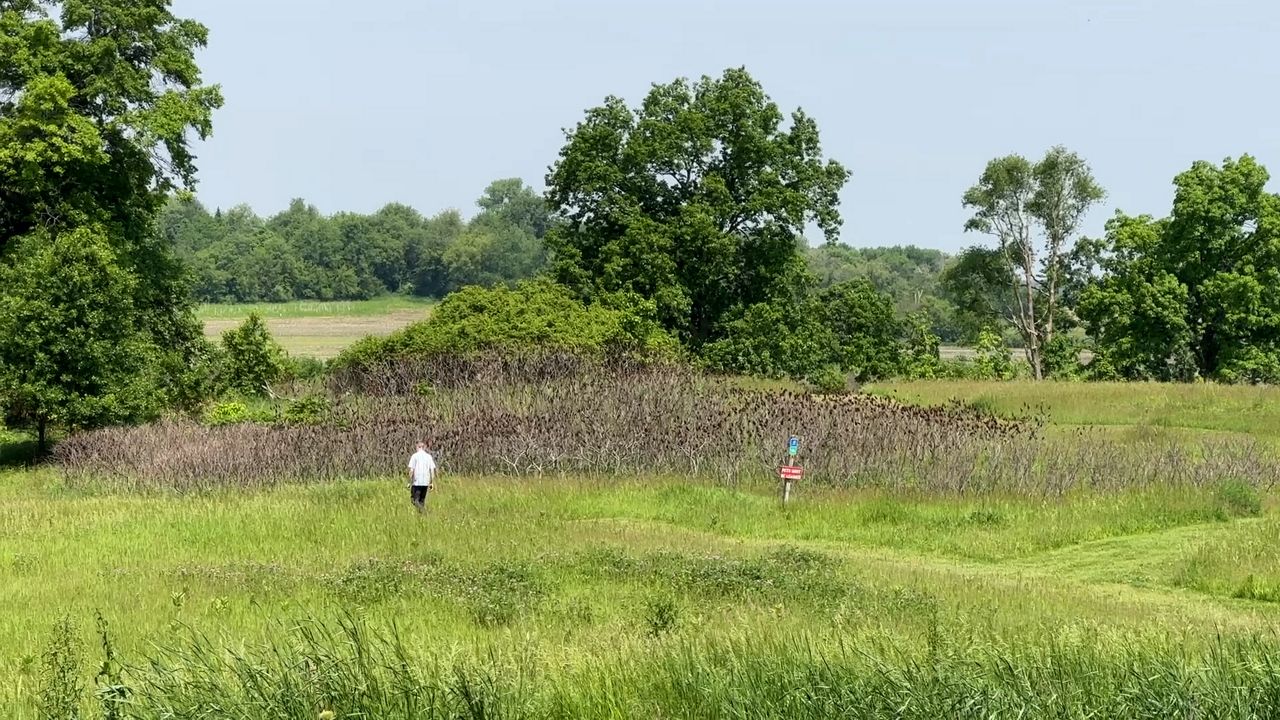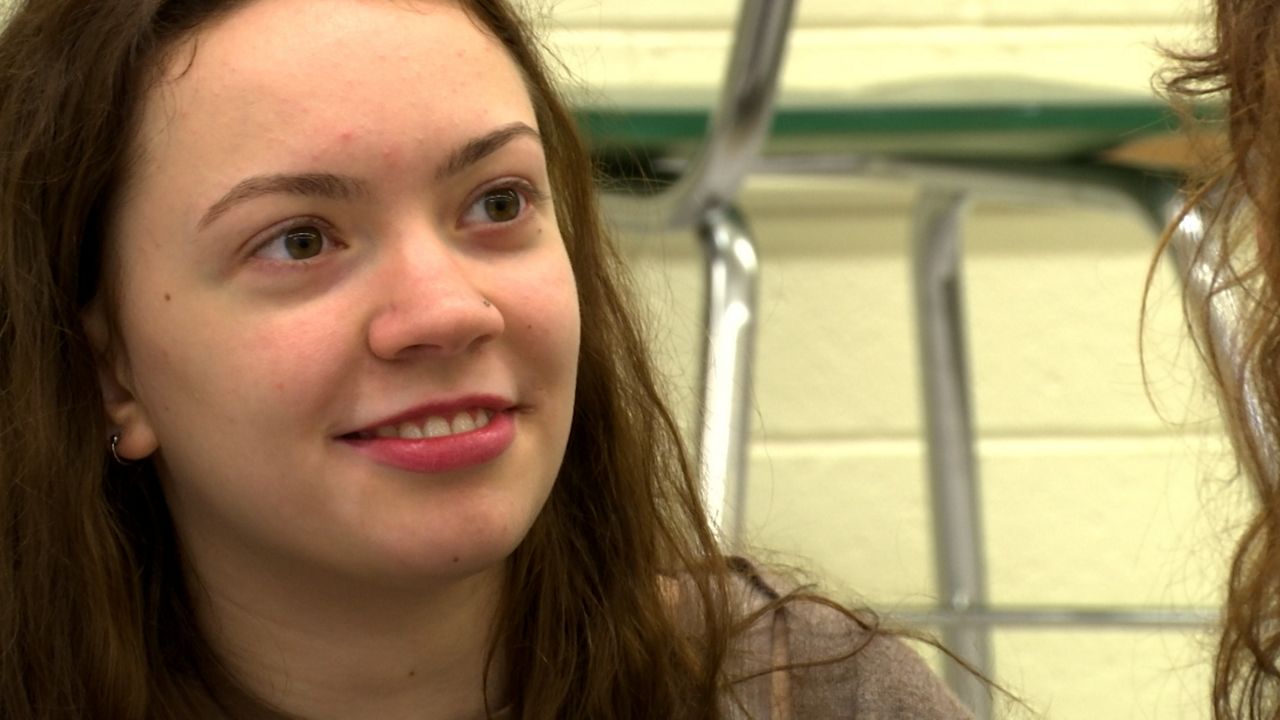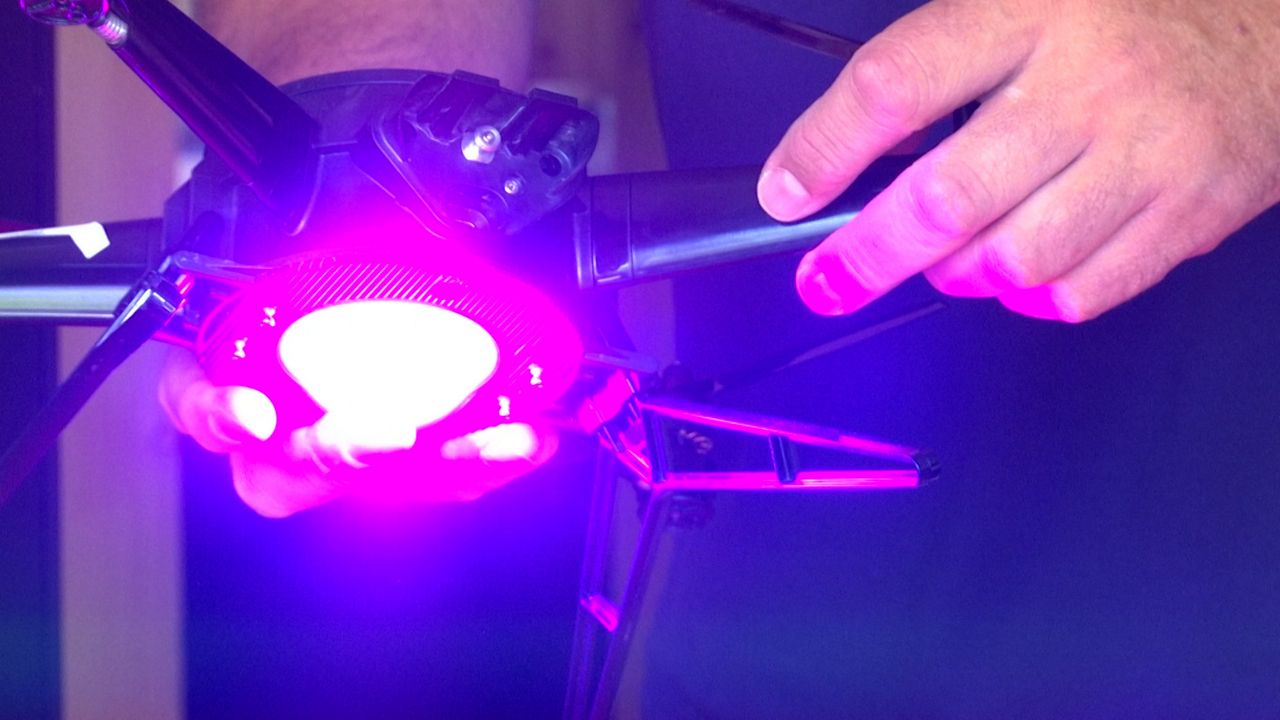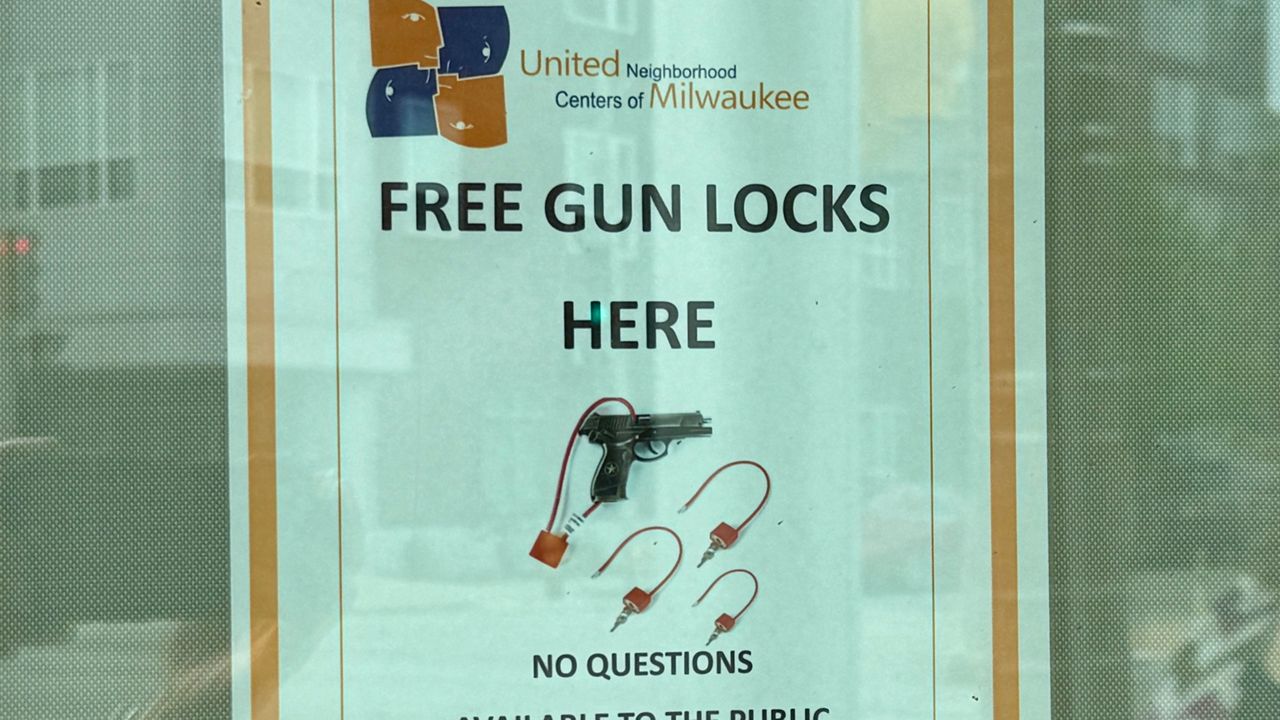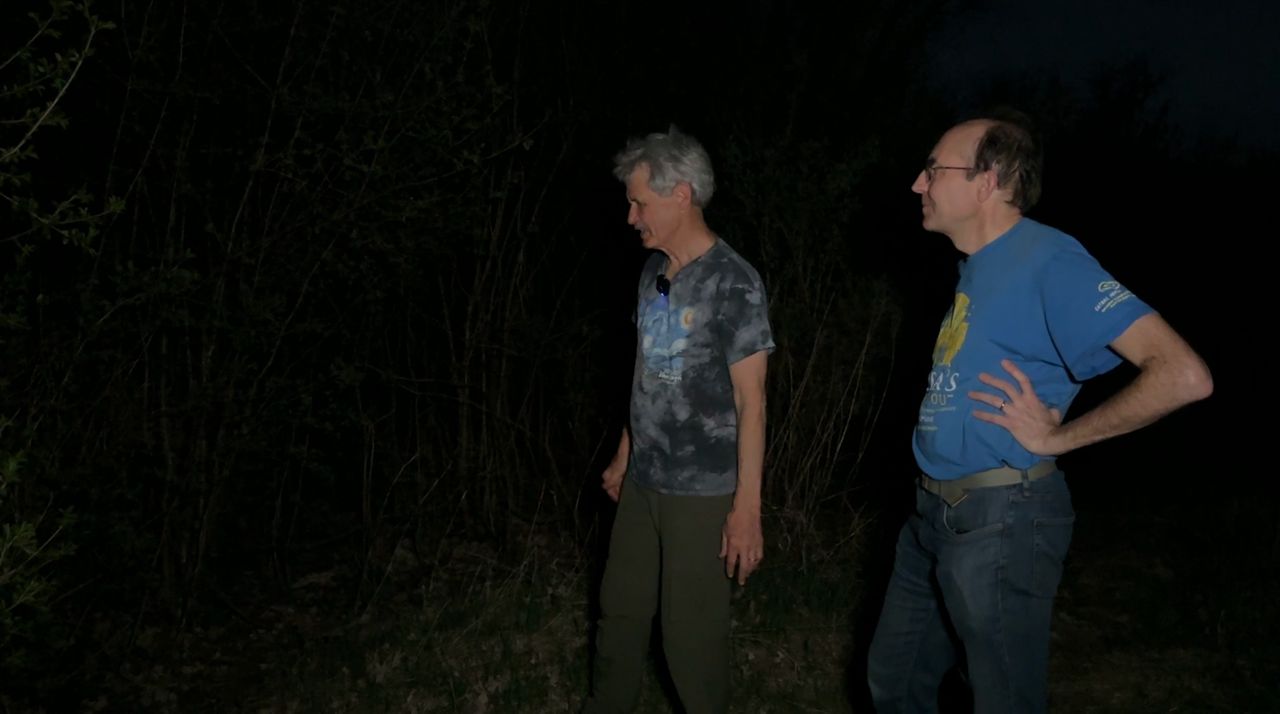SUN PRAIRIE, Wis. — Artificial intelligence is being used to optimize traffic flow and reduce congestion on roads around the country, including in Sun Prairie.
The city recently installed AI-powered traffic signal cameras at three intersections in town, including Main Street and Ruby Lane.
David Salmon, the transportation coordinator for the City of Sun Prairie, said he hopes this technology can help prevent crashes before they happen.
“We had two fatalities there and some serious injuries there related with pedestrians,” Salmon said. “So, we thought traffic signals were going to be a way to help make that a safer environment.”
Artificial intelligence software uses real-time data from sensors and the traffic signal camera. It can detect details like when and where a pedestrian is crossing.
It can also adapt signal timings to current traffic conditions, like extending green lights or red lights, making turn lanes more efficient, prioritizing emergency vehicles, and synchronizing signals at various intersections.
Milwaukee-based company TAPCO helped install the technology and showed Sun Prairie how to utilize it.
“It also gives them the ability to get alerts if there’s a vehicle blocking traffic, or their traffic signals didn’t flash or anything like that,” said Rick Kline, an applications engineer with TAPCO. “So, it almost works as a member of their staff. So, they get notifications when things are going on.”
Kline said this technology is not a red light camera. It cannot ticket drivers, and it does not pick up license plate numbers.
Salmon said he and his team can ask law enforcement for extra patrols at certain times if, for example, data reveals an uptick in drivers running red lights at one location.
“One of the great things is it collects a lot of data that we would then use to look at re-timing our signals and again, continuing to evaluate: are there additional safety improvements that we need at these intersections?” Salmon said.
The city plans to add AI-powered signals to more intersections over the next few months.






